Green Friday Deals: November 22-29 - Limited Time Only!
Choose from our selection of rare valuable tropical hardwood trees and we'll help you get started with the purchase process - from professional growing to expert harvesting.
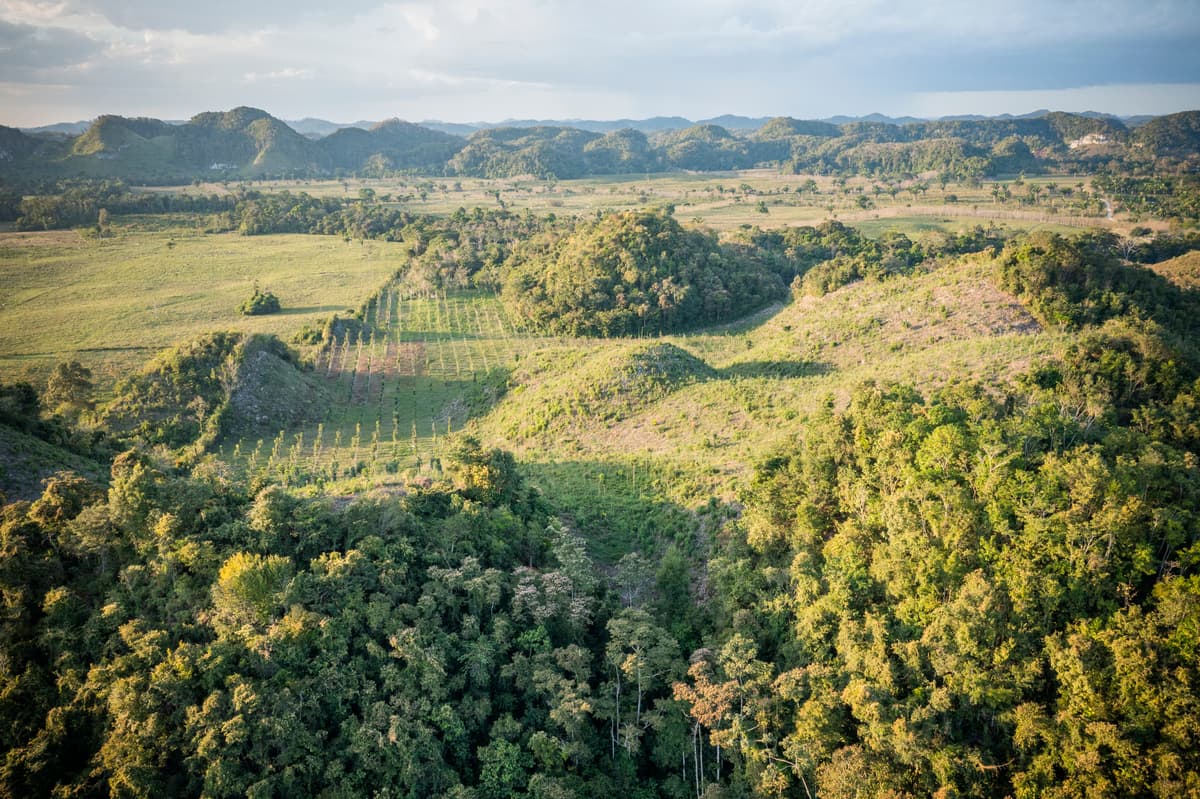
Choose your path to get started
Premium species with exceptional value potential, transparent care, and a tangible connection to nature's most valuable assets
Purchase rare tropical hardwoods like Mahogany, Cedar, and Ziricote - species known for their exceptional quality and market value.
Tropical hardwoods have demonstrated consistent appreciation over decades, with premium species commanding premium prices in global markets.
Our expert forestry team ensures optimal growth conditions and sustainable practices, maximizing timber output.
Own individual, GPS‑tracked trees professionally cared for at Las Azucenas, Guatemala. Each species offers unique characteristics and proven market value.
Swietenia macrophylla
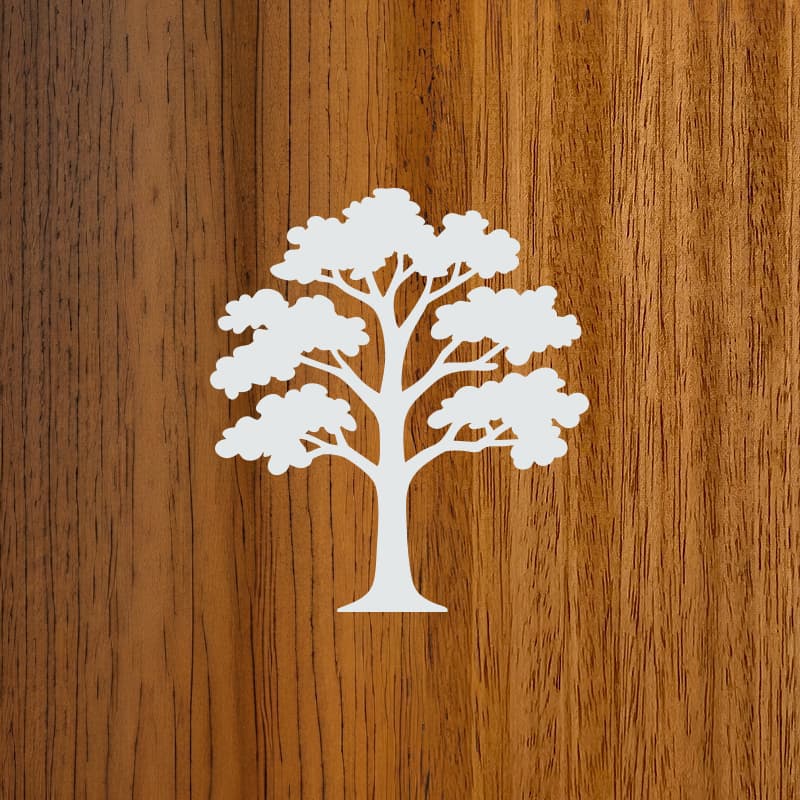
Premium tropical hardwood prized for its rich color and fine grain. Commonly used in luxury furniture and architectural woodwork.
Cedrella odorata
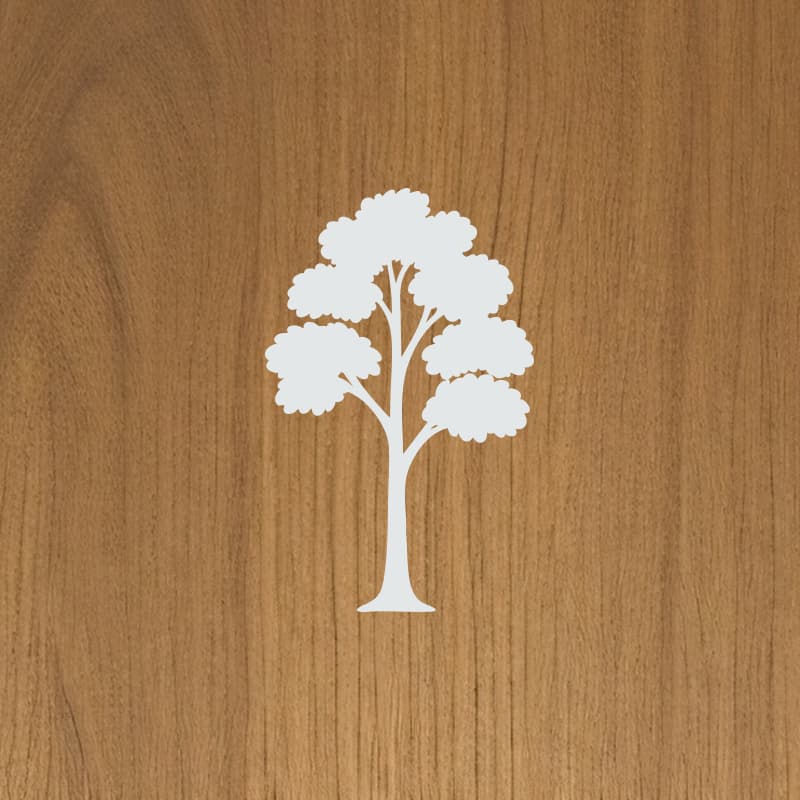
Spanish Cedar features an aromatic wood and natural insect resistance. Popular for fine cabinetry, musical instruments, and cigar boxes.
Cordia dodecandra
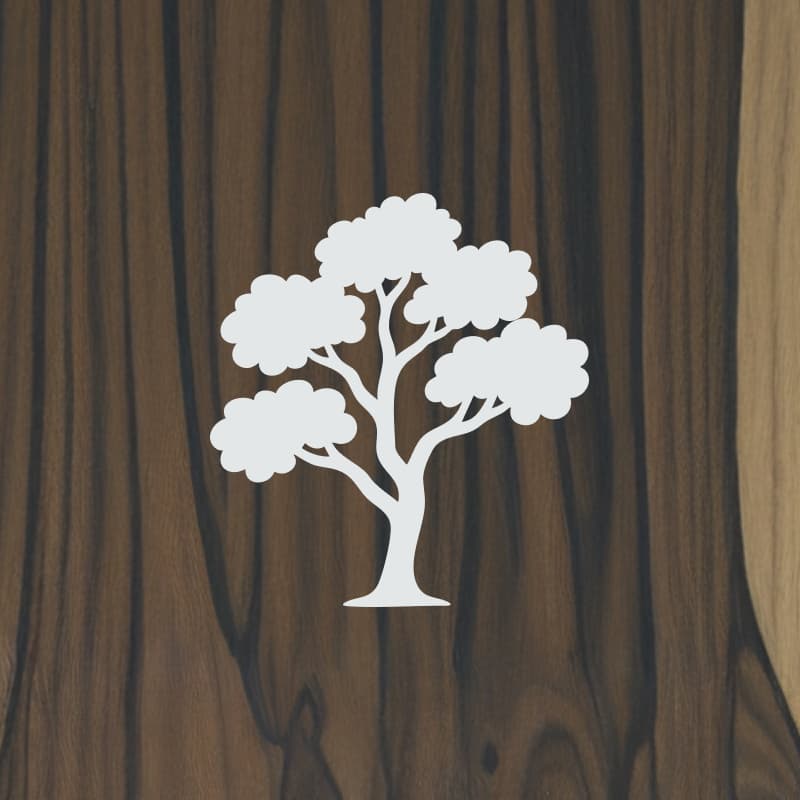
A rare, dense hardwood with striking figure, used in high-end furniture and specialty applications.
Ready to explore individual tree options and current availability?
Browse Available TreesOur technology partner, Canopy Marketplace, will be where you manage your trees after purchase. Start by filling out our form, then we'll help you get set up on Canopy Marketplace to track growth, view GPS locations, monitor value appreciation, and manage your forest assets.
Start Purchase Process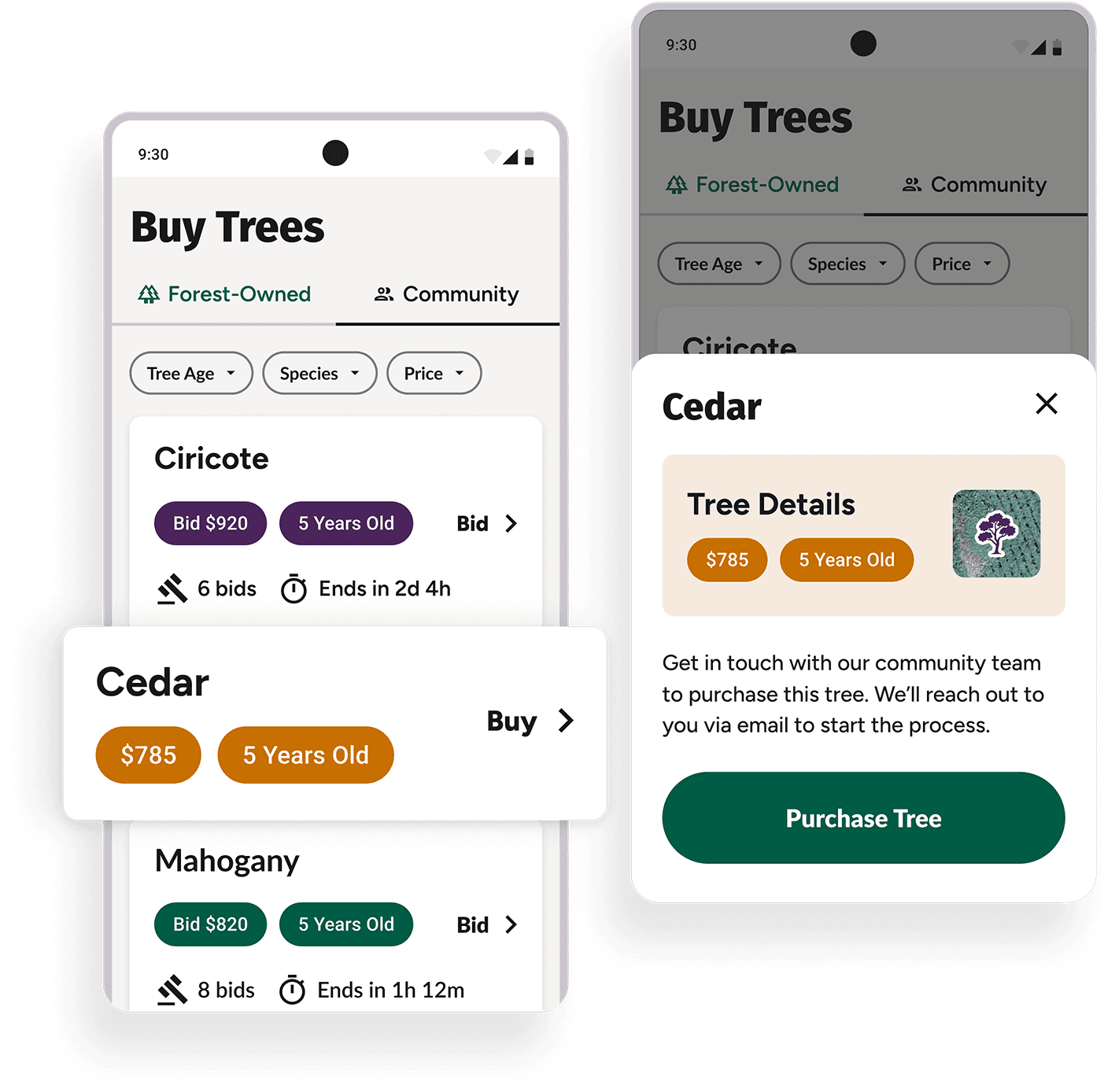
Explore our collection of premium tropical hardwood trees and start your tree ownership journey through our technology partner Canopy Marketplace.